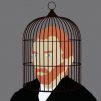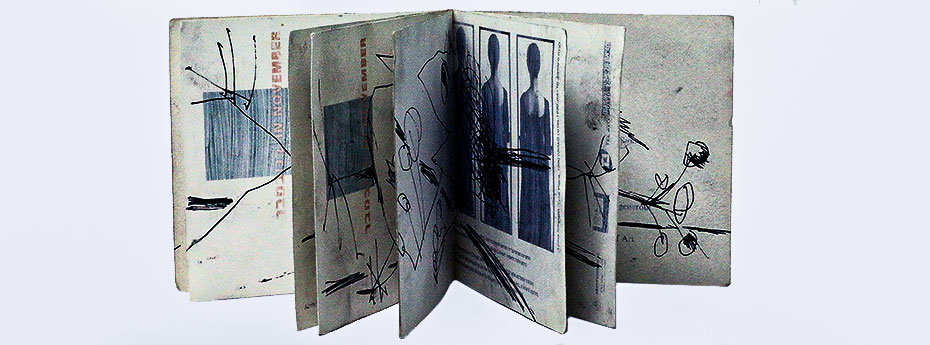
If you want to understand art, it isn’t enough just to visit museums or make selfies with monuments in the background. In this case, books are always ready to help us! But what to read to understand painting, architecture, photography, cinematography, music, and many other forms of art?
I have selected literature, which will describe the beauty of this aesthetic world and help you understand modern and classical art and the chronology of its development.
“Breakfast at Sotheby’s: An A-Z of the Art World” by Philip Hook
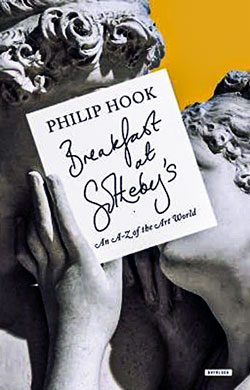
This book describes a witty and fascinating study of the art phenomenon and its commercial value. This book tells the story of the famous English art expert, an employee of the renowned auction houses “Sotheby’s” and “Christie’s,” who is familiar with the art market’s mysterious life, hidden from the eyes of fans. The author will reveal the secrets of individual artists’ popularity and artistic trends, the relationship between artists and models, and the history of daring robberies and forgeries.
How much does it cost? Why has this work become an “icon”? Which of the artists managed to create their brand? Is it possible to avoid forgeries? How was the “Mona Lisa” stolen?
The answers to these and many other questions can be found in an exciting and entertaining book by Philip Hook.
“FilmCraft” Series by Tim Grierson
The “Film Craft” series presents outstanding masters of cinema. There are sixteen best directors, cinematographers, artists, scriptwriters, camerapersons, and producers presented in this book series. They give master classes about their profession, talk about the films they worked on, film aesthetics, their colleagues, partners, and essential principles.
These books will be interesting for everyone who loves cinema, is fascinated with cinematography, and also for professionals who will find reflections of the most brilliant masters of modern cinematography.
“The Rest Is Noise: Listening to the Twentieth Century” by Alex Ross
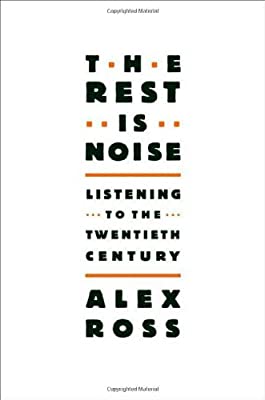
The fascinating and dramatic story, written by The New Yorker music critic Alex Ross, spans the entire 20th century – from Vienna before the First World War to Paris in the twenties, from Hitler’s Germany and Stalin’s Russia to the New York downtown of the sixties and seventies, from Beijing today to Europe fascinated by experiments. Ross’ book is a master guide to the labyrinth of musical styles, which will show the path and tell you about the most famous composers of the twentieth century and the connection of their works with the surrounding reality. “The rest is noise” – a fantastic chronicle of the twentieth century, retold with the help of music.
“Isms: Understanding Modern Art” by Sam Phillips
This guide to contemporary art is intended to explain all key “isms”: groups, styles, and schools that define what is considered art from the end of the XIX century to the current days. The author is a British art historian and editor of Frieze magazine. He grew out of the self-titled art fair.
Sam Phillips placed contemporary art in a historical context and created a map that shows modern art practice trajectories.
With this kind of map, any reader, art student, or a simple art lover can chart their routes. The list of artists, pivotal works, and museums of the world is attached in the book.
“I Like Your Work: Art and Etiquette” by Paper Monument
This book is a collection of interviews edited by the independent magazine Paper Monument in Brooklyn. These are conversations with more than thirty figures of the American art scene: artists, curators, and journalists (it’s noteworthy that some of the interviews are given anonymously). All of them are devoted to etiquette in the artistic environment – what can or cannot be done in the modern art world.
“Postures: Body Language in Art” by Desmond Morris
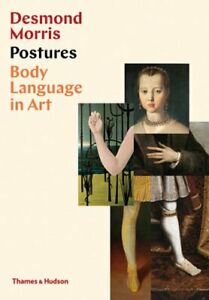
Zoologist, ethologist, and the last living surrealist artist Desmond Morris combined two sides of his experience in this book – science and art. Talking about how various gestures and postures have appeared and gained meaning throughout history, he dedicates the reader to the fascinating mysteries of artistic works.
The author analyzes why Napoleon posed for gala portraits, laying his right hand on the lapel of his uniform, and why the knight on the canvas by El Greco presses with his hand on his chest, leaving aside his index finger and pinky. Many examples of visual culture, from primitive anthropomorphic figures to modern graffiti, given by the author, make us take a new look at art history.
“The Short Story of Modern Art: A Pocket Guide to Key Movements, Works, Themes, and Techniques” by Susie Hodge
This book is an introduction to the beautiful world of art. The author explores 50 key works, from cave art to modern installations, and then links them to sections of the art movements, genres, and techniques. Everything is simple and straightforward.
The book’s content allows anyone, student or art lover, to easily navigate key periods, artists, and styles. Understandably, concisely, and broadly, the book explains the most important concepts in art and shows how interconnected they could be.
The book explains how, why, and when art has changed, representing specific directions, where they were created, and where they matter. It reveals the secrets of artistic terminology, giving readers a deep understanding and a real pleasure of art.


